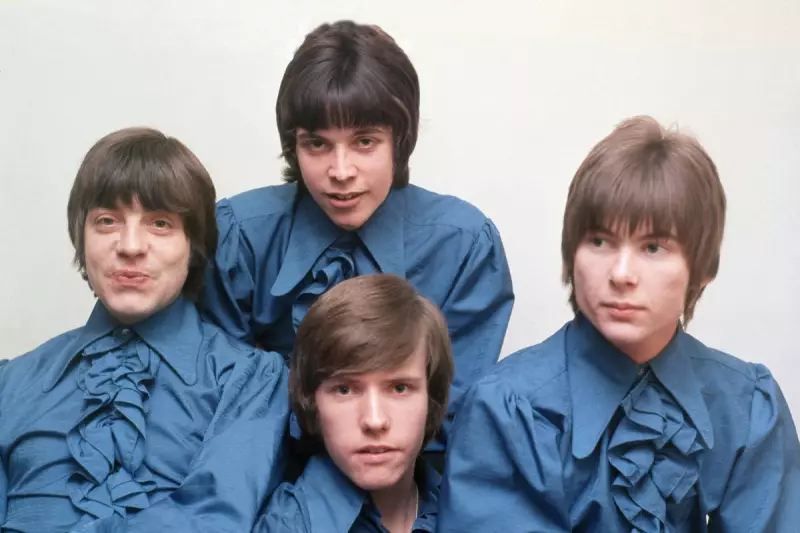
Few fruits can claim to have influenced rock music history, but the humble grapefruit has an oddly significant place in the annals of legendary bands like The Beatles and AC/DC. This citrus oddity has cropped up in bizarre anecdotes, artistic experiments, and even inspired some of the most iconic sounds in music.
The Beatles and Yoko Ono's Grapefruit Experiment
In the late 1960s, Yoko Ono famously used grapefruits in her avant-garde performances, which coincided with her relationship with John Lennon. The fruit became symbolic of the couple's artistic collaborations, blending the mundane with the profound. Some fans even speculate that grapefruit's acidic tang metaphorically represented the sharp creative tensions within The Beatles during their later years.
AC/DC's High-Voltage Citrus Connection
Decades later, grapefruit made another unexpected appearance in rock lore. AC/DC's Malcolm Young reportedly used grapefruit to demonstrate the band's signature power chord technique to younger musicians. The fruit's tough rind and juicy interior supposedly mirrored the band's hard-edged yet surprisingly melodic sound.
Why Grapefruit?
Music historians have pondered why this particular citrus keeps appearing in rock mythology. Some theories suggest:
- Its bold, divisive flavour mirrors rock music's rebellious spirit
- The fruit's spherical shape resembles vinyl records
- Its acidic properties metaphorically represent the 'bite' of electric guitar
Whatever the reason, grapefruit's place in music history remains one of pop culture's most delightfully strange footnotes.





